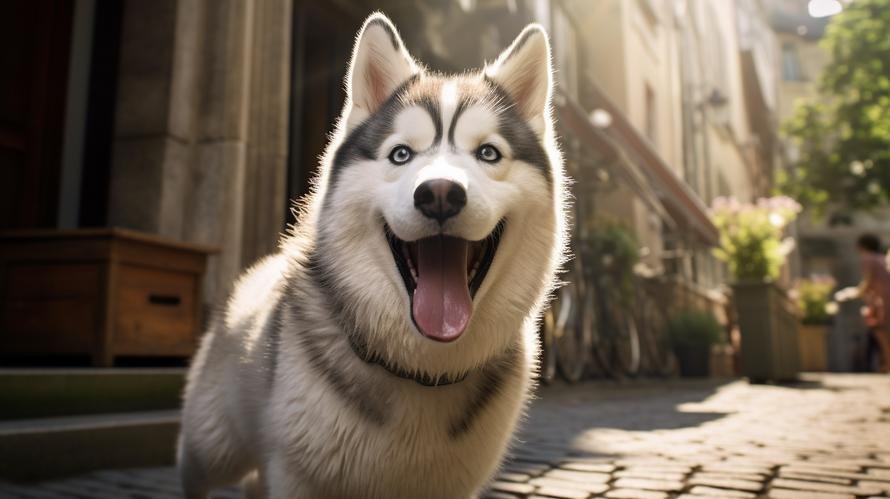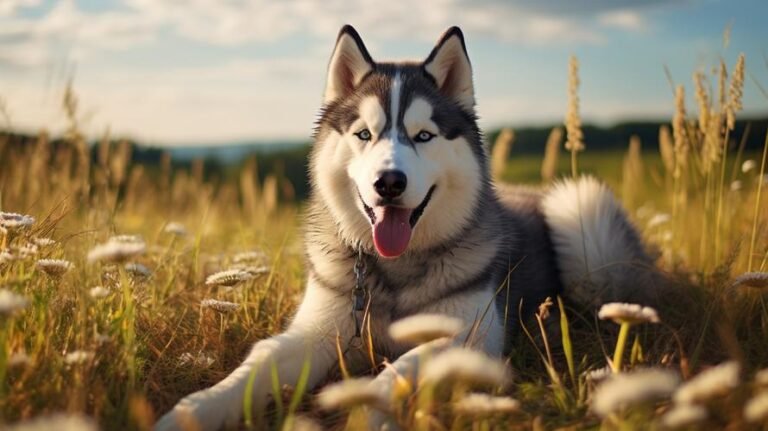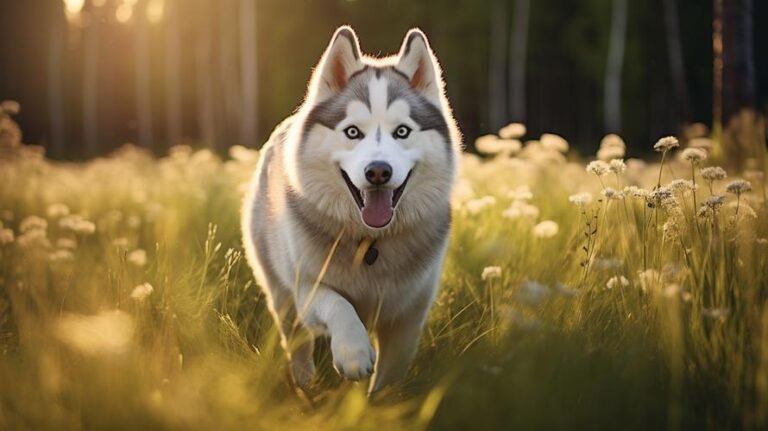Forget everything you’ve seen on cute YouTube videos or Instagram posts. The Siberian Husky is not just a pretty face with striking blue eyes. It is a remarkable breed that combines beauty, intelligence, and athleticism, wrapped in a thick fur coat. What you may not have realized is that this unique breed is the canine equivalent of a sports car – it was built for speed, power, and endurance. This captivating canine is a direct descendant of the original sled dogs that worked in the harsh Arctic regions.
But pulling a sled through miles of deep snow in subzero temperatures requires more than cuteness. It demands grit, stubbornness, and a thick double coat. And all these characteristics come at a cost: The ‘maintenance cost’ to be precise. So, is a Siberian Husky a high-maintenance dog? The short answer is: Yes. But there is so much more to the story than that.
Firstly, let’s talk about the Husky’s grooming needs. Remember the thick double coat we talked about earlier? Well, it requires weekly brushing. However, twice a year – during the shedding seasons of spring and fall, daily brushing becomes mandatory. This is to manage the Husky ‘blowing’ their coat – a period in which they shed their existing fur to allow a new coat to grow. Moreover, a Siberian Husky is naturally clean and odor-free. Frequent baths aren’t necessary unless the Husky is dealing in dirt or smelly things.
Next, is their exercise needs. Siberian Huskies were born to run, and they have energy in spades. They need vigorous daily exercise to keep them physically fit and mentally stable. If not given enough exercise, they can turn destructive in a domestic setting. Boredom in a Husky can result in chewed up furniture, dug-up gardens, or endless hours of howling.
Also, due to their sled dog heritage, they have a deeply ingrained desire to run. If given a chance, they might not return as a Husky enjoys exploring new terrains and their recall is notoriously poor. A securely fenced yard and leash is a must-have if you want to keep your Husky safe and out of trouble.
Another big-ticket maintenance item is their health. Siberian Huskies are generally a healthy breed but they are predisposed to certain genetic health issues. These include hip dysplasia, eye conditions such as juvenile cataracts, progressive retinal atrophy, corneal dystrophy, and autoimmune disorders. Regular vet visits and health check-ups are needed to catch these conditions early.
Moving on to their nutritional needs, Siberian Huskies require high-quality food that can support their active lifestyle and keep their beautiful coat always shining. They are not big eaters like other breeds their size, but they require a well-balanced diet that is rich in proteins and fats.
Huskies also require mental stimulation. They are an intelligent breed and if not given enough mental stimulation, they can become anxious or depressed. Interactive toys, puzzle feeders, obedience training, and time spent with their human will help keep a husky’s brain engaged and happy.
Now comes the question of training. A Siberian Husky has a mind of its own and can be stubborn. Training them requires patience, consistency, and lots of positive reinforcements. Training should start from a young age and is necessary to teach them good manners and obedience.
Finally, Siberian Huskies are social creatures. They like the companionship of their human family and other dogs. They are not the type of dog that can be left alone in the yard all day. Prolonged periods of isolation can lead to depression and destructive behavior.
For those willing to put in the time, effort, and resources required, a Siberian Husky can be an exciting, rewarding, and incredibly loyal companion.
To sum it up, a Siberian Husky is a high-maintenance dog that requires physical exercise, mental stimulation, a healthy diet, regular grooming, health check-ups, and the company of its human family. So before welcoming a Husky into your life, make sure you are ready for the commitment.
Remember, a dog needs more than just food and shelter. It needs love, understanding, and lots of patience. But in return, you will get a loyal friend who will make your life more joyful and colorful. After all, nothing can be more uplifting than being welcomed home by a Husky’s beautiful blue eyes and wagging tail!



